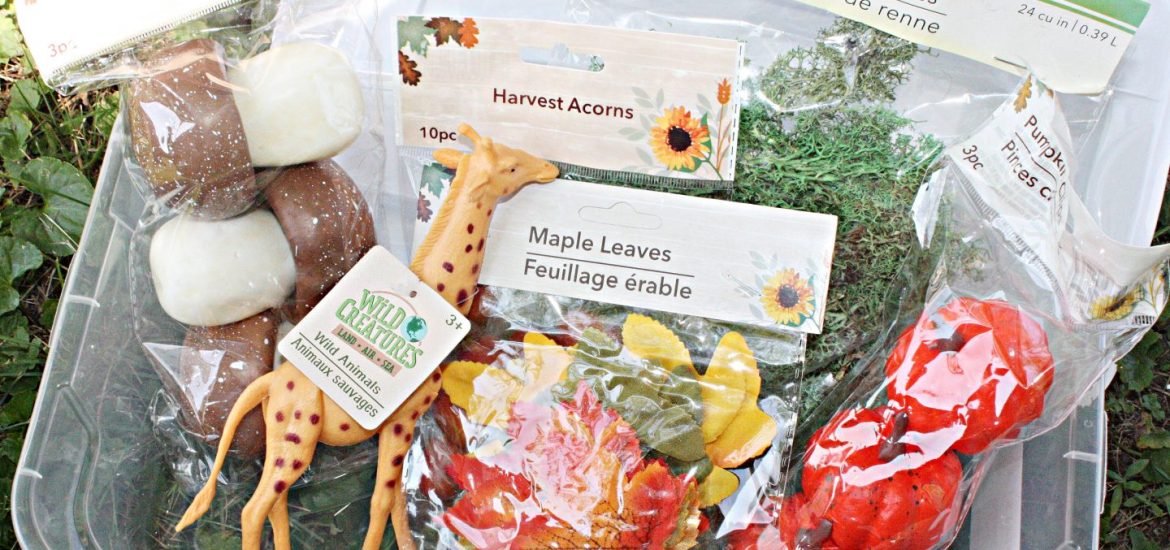Blog
Color Infrared Satellite Imagery For Agriculture

We see different colors due to the way our eyes interpret light. Light is based on different electromagnetic waves, the wavelengths of which are absorbed and reflected when light falls on an object. The human eye can only read a small range of wavelengths. Our color palette is only a tiny part of the electromagnetic spectrum. But what to do with those wavelengths not subject to the human eye, such as ultraviolet or infrared?
We get color infrared satellite imagery thanks to the complex sensors that satellites are equipped with. The satellite detects different wavelengths, and remote sensing specialists assign different colors to them. In this way, we can interpret information through the colors we see.
Interpreting CIR Imagery for Vegetation
Agriculture is benefiting greatly from remote sensing. This technology allows farmers to get valuable information about the state of vegetation. At the same time, different colors in the CIR imagery are interpreted in different ways.
Intense bright red. Bright red usually denotes dense vegetation that produces a large amount of chlorophyll. Lighter shades of reds, pinks, and purples represent vegetation with less chlorophyll. It can be, for example, plantings of mature evergreens.
Red, green, or brown color indicates plant diseases. In addition, these colors can be used to mark agricultural land where the growing season ends.
Soils are also marked with white, green, tan, and blue colors. Grounds of dark shades have a high moisture level or are saturated with organic matter. Their composition also influences the color that soils are marked with. Clay soils are marked with blue-green or dark shades. Areas with sandy soils are marked with white, light brown, or gray.
Experts use light shades of blue to indicate waters with sediments. Buildings, concrete, dry gravel, and other artificial materials can also be shown in white and blue.
Dark shades of blue and black mark water depending on its depth and transparency. The clearer the water, the darker the shade. The composition of the stream bed can also influence the dye with which they are marked. For example, sand channels will be marked in white or light brown. This choice is because the sand has a high reflectivity. Also, on satellite imagery, you can see asphalt roads marked in the dark blue or black.

False-color composition of a satellite image showing the tropical forest in red, the river in blue and the clouds in white.
Common uses
CIR is used to evaluate field conditions. It is especially beneficial when vegetation cover is minimal and problems can be resolved before yield damage is done. Also, these images provide an opportunity to see what is hidden behind the atmospheric haze. So we can highlight the following common uses of the CIR:
- Estimated growth at the beginning of the season
- Identification of field sites that require re-seeding of annual crops
- Mapping changes in soil composition
- Identifying watering problems before planting
- Create prescription maps for variable rate applications
CIR film has been used since the Second World War. With its help, camouflaged military equipment was identified. Vegetation on CIR images is displayed in red, while camouflaged equipment on such images will be marked in blue-green. CIR images are a valuable tool in various industries and provide invaluable information.
Aerial photography is necessary for forestry to obtain data from vast and hard-to-reach areas. CIR image analysis in forestry is a precious tool for effective forest management, vegetation classification, forest fire monitoring, etc.
High-resolution CIR aerial photography is also used for urban management. The images are a source of information for land use analysis, urban forest belts, and parks. In addition, the data obtained is essential for the study of permeable and impervious surfaces.
Utilities also use CIR images to monitor and manage vegetation along power lines and pipelines. Early detection of unhealthy trees helps avoid infrastructure damage and downtime.
Environmental studies are also not complete without CIR images. They are used to define the boundaries of wetlands and the boundaries of the erosion of rivers and streams. In addition, images allow observation of invasive species and vegetation classification, as well as land cover mapping and land use management.
Conclusion
Color infrared images are used in many industries today. They make it possible to see what is inaccessible to the naked human eye. In agriculture, CIR is of great value for assessing field conditions with minimal vegetation cover so that farmers can address problems before damage occurs. Such images also enable monitoring and better management of other sectors, including forestry and urban beautification.
-

 News3 months ago
News3 months agoChallenging Stereotypes: Recognizing the Power of Women’s Art
-

 Blog3 months ago
Blog3 months agoFood for Thought: Vikki Nicolai La Crosse Wi Explores The Nutritional Advantages of Eating Organic
-

 Blog3 months ago
Blog3 months agoEnhancing water quality with ilmap’s innovative filter nozzles
-

 News3 months ago
News3 months agoEU Sanctions by the Numbers: The Depth and Bite in the Russia-Ukraine Conflict










